The Vertical Flight Society (VTOL) counts over 400 entrants in the AAM industry with new ones added on a weekly basis.
Advanced Air Mobility (AAM) is defined by NASA as “an air transportation system that moves people and cargo between places previously not served or underserved by aviation – local, regional, intraregional, urban – using revolutionary new aircraft that are only just now becoming possible.”
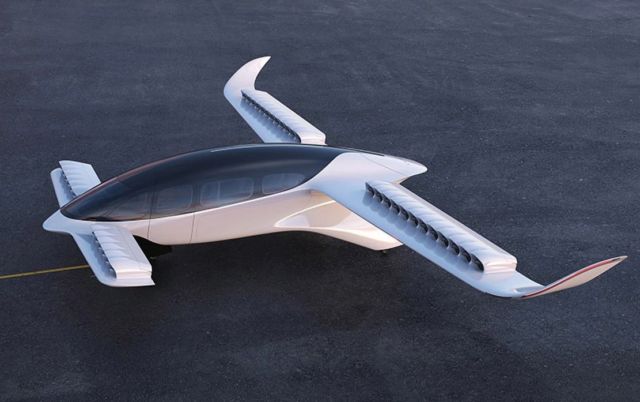 Lilium’s 7-seat eVTOL will offer a range over 155 miles. Lilium
Lilium’s 7-seat eVTOL will offer a range over 155 miles. Lilium
AAM has also attracted significant investment from venture capital, private equity, SPACs, automotive companies, legacy aerospace OEMs and tech companies. However, mixed with the excitement that welcomes every new industry, there is a significant amount of healthy skepticism.
With all these entrants and all the interest in the industry, how can companies, suppliers, investors easily understand what companies will come to lead the industry, and which ones will not be as successful as they hoped to be? How “real” is the commitment of a legacy company or a startup to deliver a product to market?
The ARI is a rating tool, based on a proprietary formula that uses publicly available information as well as expert knowledge. It helps assess the industry entrants’ progress toward the delivery of a certified product at mass scale production. While at launch 14 OEMs were rated, the tool is periodically updated to include new entrants as well as any new information on existing entrants. We plan to expand the tool to other areas of the AAM ecosystem. The tool is un-biased and data-based. It is not meant as an endorsement or a critique of any specific company, but as a simple, easy-to-use guide to the complexities of the AAM industry.
source AAM Reality Index

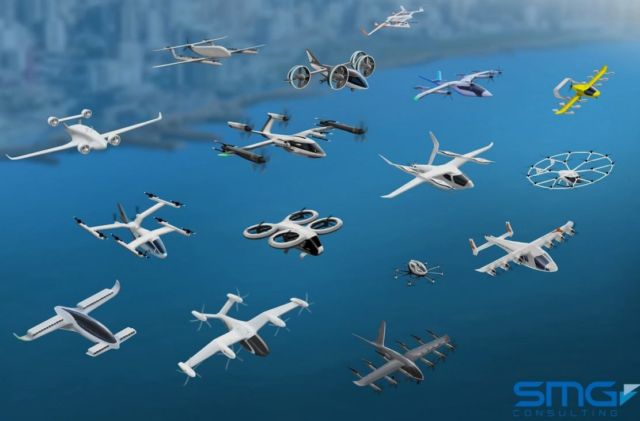
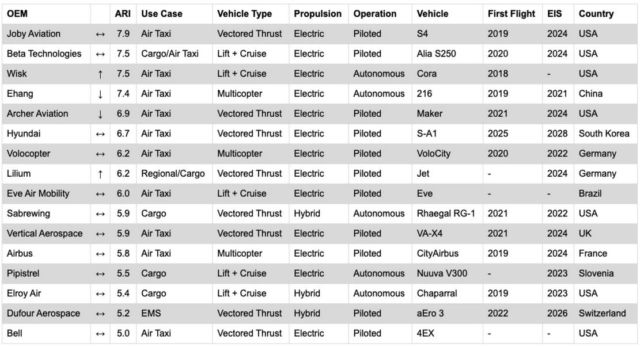

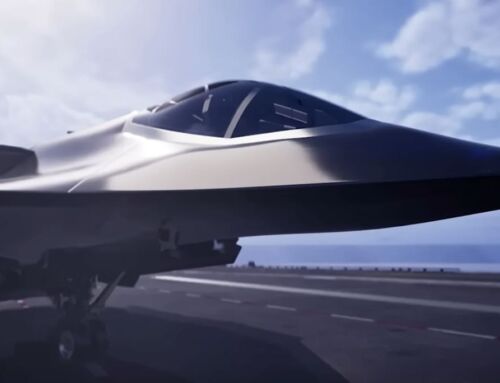
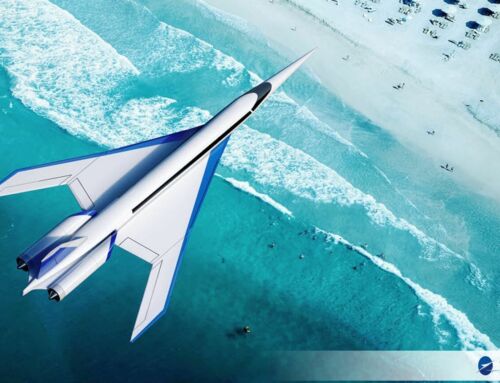
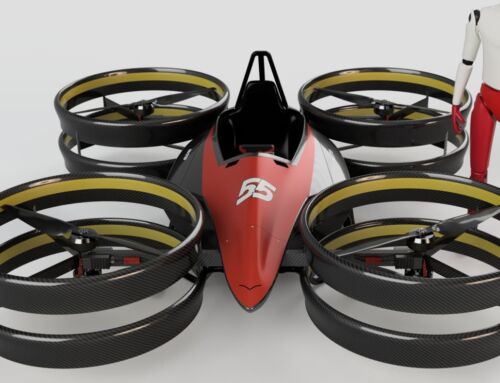
Leave A Comment